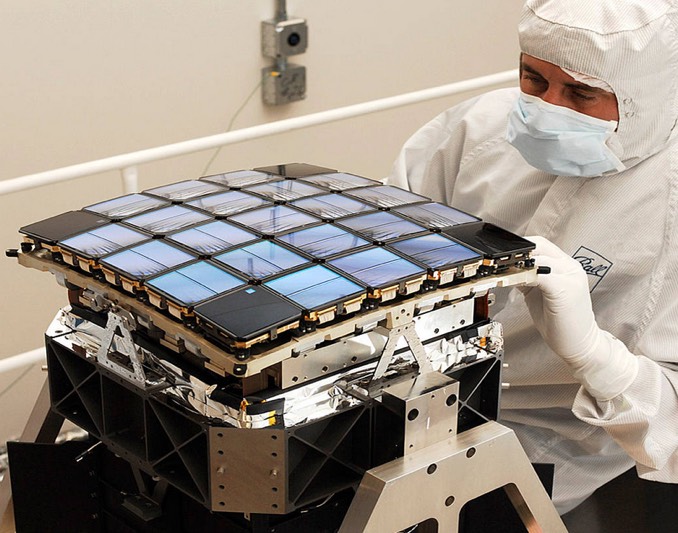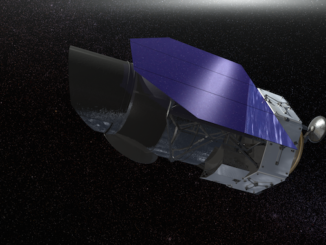
Nearly out of fuel after nine years of trail-blazing searches for exoplanets, NASA’s’ Kepler satellite has been put in a state of electronic hibernation in preparation for downloading stored data from its latest observation campaign. Once the data is safely back on Earth, flight controllers plan to start a fresh campaign with what little propellant is left in the spacecraft’s tank.
To get the stored data back to waiting scientists, Kepler must aim its high-gain antenna at Earth and wait for an already-booked communications window with NASA’s Deep Space Network to open. Between now and 2 August, the spacecraft will remain in a stable safety mode that requires no propellant.
When flight controllers send commands to wake up the planet hunter, Kepler will re-orient itself and downlink the stored data. If successful, the science team hopes to resume operations 6 August, beginning its 19th campaign, which will continue until the spacecraft runs out of propellant and can no longer orient itself.
Kepler began its 18th observation run on 12 May, using its 100-megapixel camera to monitor starlight from a patch of sky that was previously studied in 2015, on the lookout for the tell-tale dips in brightness that might indicate a planet moving between a star and the spacecraft. The second-look data will allow astronomers to verify or rule out exoplanet candidates found earlier and identify new candidates in the process.
So far, Kepler, one of NASA’s most successful science spacecraft, has confirmed some 2,650 exoplanets over the course of its mission.



